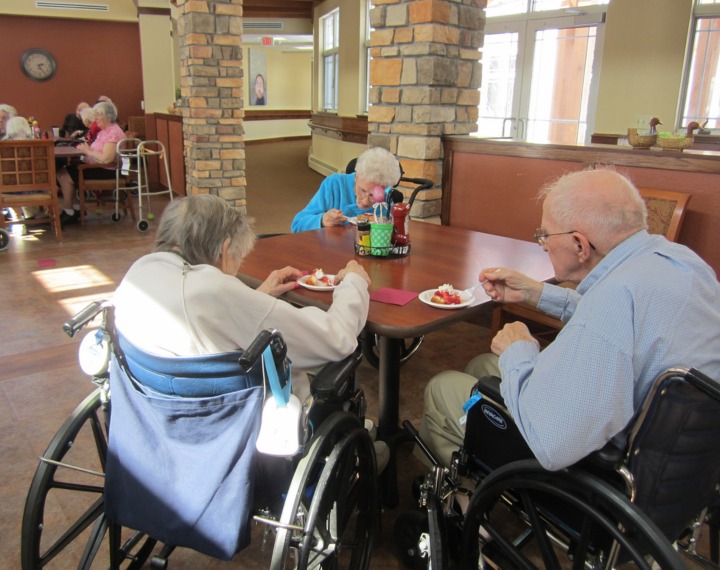Say Goodbye To Trips & Falls In Your Care Home Part 1
 Anyone can have a fall, but older people and people with reduced mobility are more vulnerable to them. Trips and falls happen for many reasons and can often be unavoidable. Not only can falls and trips cause physical damage - bumps, bruises, and fractured bones - but they can also have a psychological impact, damaging confidence.
Anyone can have a fall, but older people and people with reduced mobility are more vulnerable to them. Trips and falls happen for many reasons and can often be unavoidable. Not only can falls and trips cause physical damage - bumps, bruises, and fractured bones - but they can also have a psychological impact, damaging confidence.
According to Age UK, every minute six people over the age of 65 suffer a fall, some of which result in minor injuries, while other falls result in more severe consequences. Statistics show that injuries resulting from trips and falls are the most common cause of death in the UK of those aged 75 and over. So taking precautions to prevent falls should be seen as vital by care home staff.
As the owner or manager of a care home, you will be aware of your responsibility to ensure that there are fall prevention measures in place. This means making sure that all team members are properly trained to help prevent trips and falls and keep residents safe, it also means ensuring that all residents have a trip and fall prevention plan in place.
To help you keep your care home residents safe, we have put together this 4-part series addressing the main causes of trips and falls in care home environments.
The furniture: One of the most common causes of trips and falls in care home environments is the furniture. The layout of furniture, how stable pieces are, and whether they are at an optimum height for residents, are all important factors to consider. To prevent furniture falling on top of residents when leaned on, all pieces should be secured to the wall or ground.
Choosing the right pieces of furniture for each area of your care home can make a big difference when it comes to preventing trips and falls. As specialists in care home furniture and equipment, we’ve spoken about the importance of picking the right furniture for your residents before, including designing a bedroom that’s dementia-friendly and selecting the perfect bed for your residents.
For residents who struggle with mobility and can’t get up easily, specialist lift beds, bath hoists, and higher set chairs can help to prevent trips and falls. Of course, for these specialist pieces of equipment to be successful at preventing falls, they must be monitored by specially trained members of staff when in use by residents. To prevent nighttime falls, adding motion sensors to your residents’ bedrooms to alert a team member when someone gets up, can work well. Having grab rails positioned around your care home in bedrooms, communal areas, and bathrooms is also crucial.





